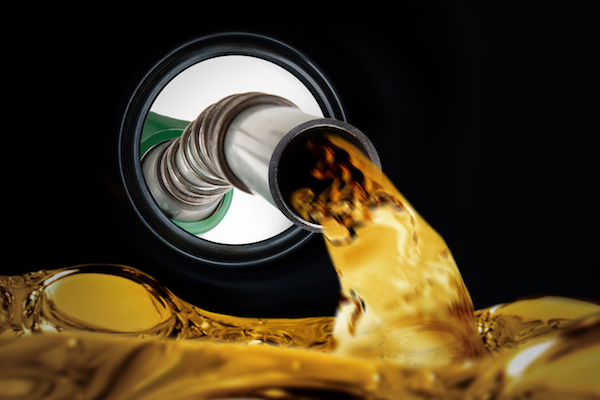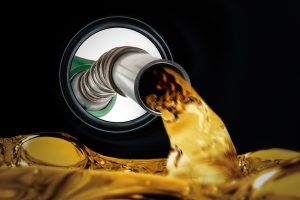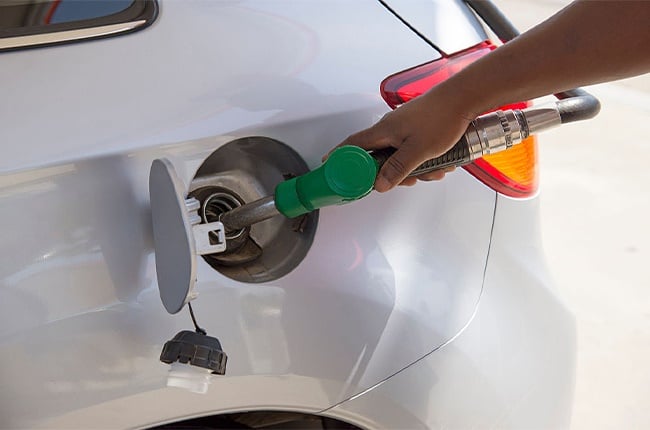
- By: News
- 0 comment
Constantly driving with the fuel needle in the reserve or below quarter mark can put strain and result in premature wear of the fuel pump.
• The main purpose of the pump is to deliver fuel to the engine.
• A loss in power, decreased fuel efficiency or a stalling engine are all signs of a failing pump.
• For more motoring stories, visit Wheels24.
There are two types of drivers – those that fill up their tank in one go, and others who top up with only R100 and what they can afford to get to a quarter tank.
Seeing the fuel needle leaning all the way to the right-hand side can make you feel like everything is good with the world. The aircon and other fuel-sapping luxuries tend to get used more because of the abundance of fuel on offer.
Whether BP, Shell or Total, some people have their preference where they fill up with fuel either because of customer service or they feel an improvement in overall performance due to the product.
Keep it at a level
While filling the tank is becoming an expensive monthly expense, it is more beneficial to close your eyes and swipe the three, sometimes four-figure amount in one go as opposed to topping up with small amounts.
When you refuel, do you top up, or fill the tank? Email us, or share your thoughts in the comments section below.
Constantly driving with the fuel needle in the reserve or below the quarter mark can strain and result in premature wear of the fuel pump. The primary purpose of the pump is to deliver fuel to the engine.
According to fuel experts at Bell Performance, if you consistently run your car low on fuel, you can wear out the fuel pump prematurely, over-stressing it and making it hotter. The caveat here is that it’s more likely to happen if you do this over a more extended period of time.
The worst thing you can do is constantly wait for the fuel light to come on (meaning it operates on reserve level) and then throw some fuel in the tank. In this case, it is better to have too much than too little.
Car Doctor | How to restore your car’s headlights to make it look brand new
The fuel tank and pump are usually tucked away in the back of a vehicle, with lines running to and from the engine in a fuel-injected configuration.
Like most mechanical components within a vehicle, they generally warn the driver over time by emitting a sound or present a difference in you car’s dynamics during the drive. A fuel pump is no different with a loss in power, decreased fuel efficiency or a stalling engine, all possible signs of a failing pump.
There is also the risk that rust can also occur in older cars’ tanks over along period of time and start to fill your pipes and injectors leading to the engine and cause unwanted blockage.
Fuel is vital
A vehicle that didn’t benefit from a proper fuel pump and tank setup is the US’s Ford Pinto, where explosions occurred upon rear impact due to the fuel tank and system, which wasn’t designed properly, leading to numerous deaths and injuries during the 1970s.
Vehicles produced today are designed to be more fuel-efficient than ever, with good driving rewarded with extended driving ranges seen in cars like Mercedes-Benz or BMW models when using the efficiency modes. Doing the prescribed mechanical services is an essential factor to keep fuel usage at a minimum while fitting a bigger, free-flowing exhaust or any performance tuning has the opposite effect.
SOURCE:
https://www.news24.com/wheels/cardoctor/except-for-the-obvious-heres-why-its-bad-for-your-vehicle-to-have-low-fuel-levels-20210602-2




